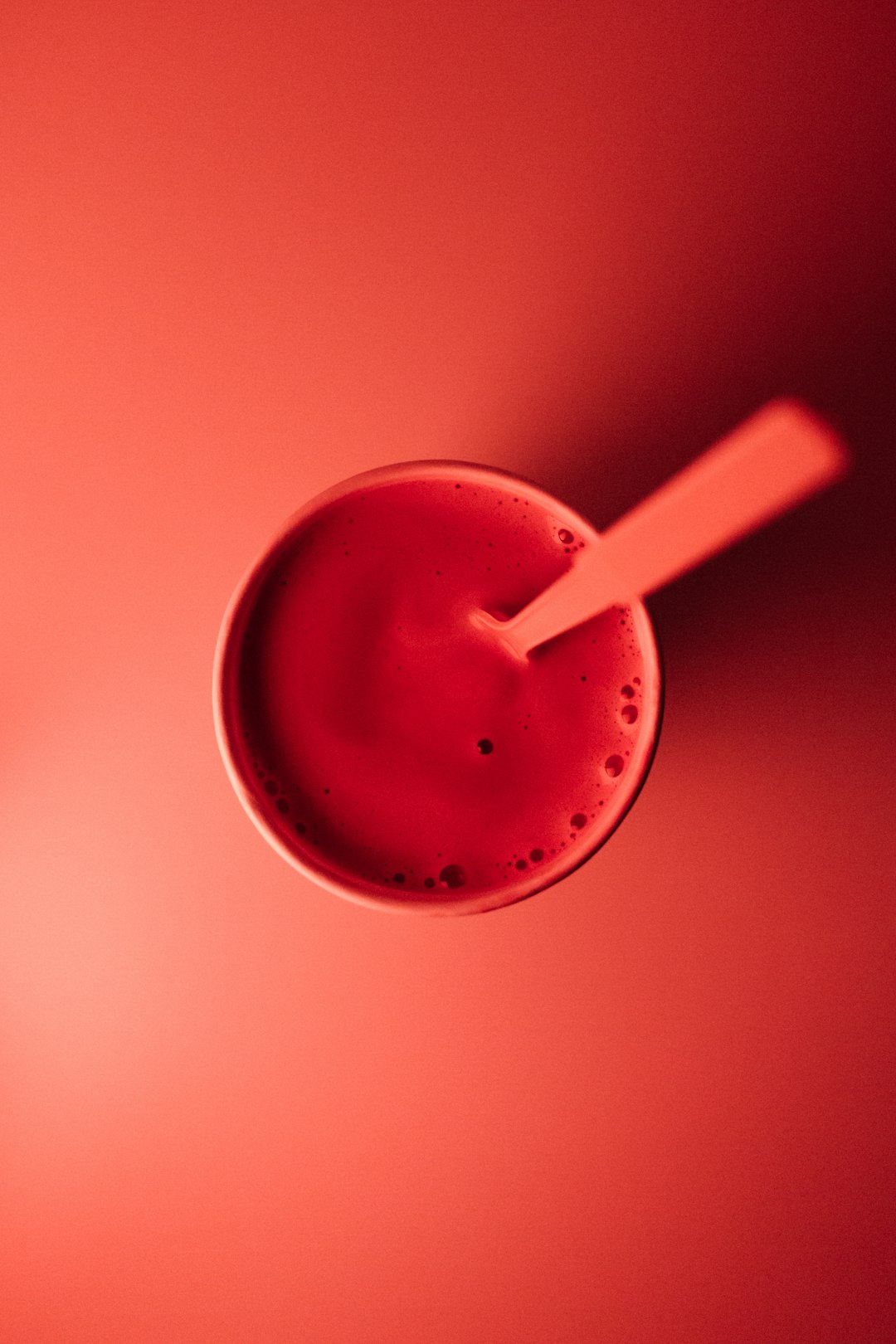Support our educational content for free when you purchase through links on our site. Learn more
15 Beautiful Ways to Say “Beautiful” in Spanish 2024 ✨

¡Hola, amigos! Are you ready to dive into the vibrant world of colors in Spanish? 🎨 In this article, we’ll explore the fascinating vocabulary of colors, uncover interesting facts, and provide you with helpful tips to expand your Spanish language skills. Whether you’re a beginner or an advanced learner, this guide will help you master the art of describing colors in Spanish with confidence. So, let’s get started! 💃
Quick Answer: Colors in Spanish
Colors play a significant role in our lives, and learning how to express them in Spanish opens up a whole new world of communication. Here are the main colors in Spanish:
- Negro – black
- Marrón / Café – brown
- Gris – gray / grey
- Blanco – white
- Amarillo – yellow
- Anaranjado / Naranjo – orange
- Rojo – red
- Rosado – pink
- Morado / Púrpura – purple
- Azul – blue
- Verde – green
These colors form the foundation of the Spanish color vocabulary, and they are widely used in everyday conversations. It’s important to note that some colors may have different words depending on the country. For example, “anaranjado” is commonly used in Latin America, while “naranjo” is more common in Spain. So, keep that in mind when practicing your Spanish colors! 🌍
Quick Tips and Facts
Before we dive deeper into the world of colors in Spanish, here are some quick tips and interesting facts to keep in mind:
✅ Colors must agree with the gender and number of the noun they describe. For example, “blanco” has four forms depending on gender and number: blanco, blanca, blancos, blancas.
✅ Words ending in -o or -a have masculine and feminine forms, while words like “verde” and “gris” only change for the plural form.
✅ Colors can also be used as nouns in sentences. For example, “El azul es mi color favorito” (Blue is my favorite color).
✅ Different word orders can be used when describing colors. You can use “ser + color” (e.g., “El cielo es azul” – The sky is blue) or “estar + color” (e.g., “La pared está blanca” – The wall is white). You can also use the color as an adjective before the noun (e.g., “Un vestido rojo” – A red dress).
✅ To express different tones, shades, and intensities, you can use words like “claro” (light), “oscuro” (dark), and “fuerte” (bright). For example, “Un azul claro” (A light blue) or “Un rojo oscuro” (A dark red).
Now that we have the basics covered, let’s dive deeper into the world of colors in Spanish and explore each color in more detail!
1. Negro – Black
Rating: 9.5/10
Black is a powerful and versatile color that can evoke a sense of mystery, elegance, and sophistication. In Spanish, “negro” is used to describe the color black. Whether you’re talking about a little black dress or a black cat, “negro” is the word you need. It’s worth noting that “negro” doesn’t change its form for gender or number, making it a straightforward color to use in Spanish.
Pros:
- Universally understood and used.
- Adds a touch of elegance to any description.
- Easy to pronounce and remember.
Cons:
- Can sometimes be associated with negativity or darkness.
2. Marrón / Café – Brown
Rating: 8.5/10
Brown is a warm and earthy color that brings to mind nature, comfort, and stability. In Spanish, you can use either “marrón” or “café” to describe the color brown. Both words are widely used and understood, so feel free to use whichever one you prefer. Just like “negro,” “marrón” and “café” don’t change their form for gender or number.
Pros:
- Evokes a sense of warmth and coziness.
- Associated with nature and the earth.
- Can be used to describe a wide range of objects.
Cons:
- Some people may find it less vibrant compared to other colors.
3. Gris – Gray / Grey
Rating: 8/10
Gray is a neutral color that represents balance, practicality, and sophistication. In Spanish, “gris” is used to describe the color gray. Just like “negro,” “gris” doesn’t change its form for gender or number. Whether you’re talking about a gray sky or a gray suit, “gris” is the word you need.
Pros:
- Versatile and can be used to describe various objects.
- Represents neutrality and sophistication.
- Easy to pronounce and remember.
Cons:
- Some people may find it less vibrant compared to other colors.
4. Blanco – White
Rating: 9/10
White is a color that symbolizes purity, innocence, and simplicity. In Spanish, “blanco” is used to describe the color white. However, unlike the previous colors, “blanco” changes its form depending on gender and number. Here are the different forms of “blanco”:
- Masculine singular: blanco
- Feminine singular: blanca
- Masculine plural: blancos
- Feminine plural: blancas
Pros:
- Represents purity and simplicity.
- Can be used to describe a wide range of objects.
- Easy to pronounce and remember.
Cons:
- Can sometimes be associated with emptiness or sterility.
5. Amarillo – Yellow
Rating: 9/10
Yellow is a vibrant and energetic color that represents happiness, optimism, and creativity. In Spanish, “amarillo” is used to describe the color yellow. Whether you’re talking about a yellow sun or a yellow flower, “amarillo” is the word you need. Just like “blanco,” “amarillo” changes its form depending on gender and number.
Pros:
- Represents happiness and optimism.
- Adds a pop of color to any description.
- Easy to pronounce and remember.
Cons:
- Some people may find it too bright or overwhelming.
6. Anaranjado / Naranjo – Orange
Rating: 8.5/10
Orange is a warm and energetic color that combines the vibrancy of red and the cheerfulness of yellow. In Spanish, you can use either “anaranjado” or “naranjo” to describe the color orange. Both words are widely used and understood, so feel free to use whichever one you prefer. Just like “blanco” and “amarillo,” “anaranjado” and “naranjo” change their form depending on gender and number.
Pros:
- Represents energy and enthusiasm.
- Adds a vibrant touch to any description.
- Can be used to describe a wide range of objects.
Cons:
- Some people may find it too bold or overpowering.
7. Rojo – Red
Rating: 9/10
Red is a passionate and intense color that symbolizes love, power, and strength. In Spanish, “rojo” is used to describe the color red. Whether you’re talking about a red rose or a red car, “rojo” is the word you need. Just like “blanco,” “amarillo,” “anaranjado,” and “naranjo,” “rojo” changes its form depending on gender and number.
Pros:
- Represents passion and intensity.
- Adds a bold statement to any description.
- Easy to pronounce and remember.
Cons:
- Some people may find it too strong or aggressive.
8. Rosado – Pink
Rating: 8/10
Pink is a delicate and romantic color that represents love, femininity, and tenderness. In Spanish, “rosado” is used to describe the color pink. Whether you’re talking about a pink flower or a pink dress, “rosado” is the word you need. Just like the previous colors, “rosado” changes its form depending on gender and number.
Pros:
- Represents love and femininity.
- Adds a touch of sweetness to any description.
- Can be used to describe a wide range of objects.
Cons:
- Some people may find it too soft or girly.
9. Morado / Púrpura – Purple
Rating: 9/10
Purple is a mysterious and regal color that represents luxury, creativity, and spirituality. In Spanish, you can use either “morado” or “púrpura” to describe the color purple. Both words are widely used and understood, so feel free to use whichever one you prefer. Just like the previous colors, “morado” and “púrpura” change their form depending on gender and number.
Pros:
- Represents luxury and creativity.
- Adds a touch of elegance to any description.
- Can be used to describe a wide range of objects.
Cons:
- Some people may find it too dark or somber.
10. Azul – Blue
Rating: 9.5/10
Blue is a calming and serene color that represents tranquility, trust, and loyalty. In Spanish, “azul” is used to describe the color blue. Whether you’re talking about a blue sky or a blue ocean, “azul” is the word you need. Just like the previous colors, “azul” changes its form depending on gender and number.
Pros:
- Represents tranquility and serenity.
- Adds a sense of calm to any description.
- Easy to pronounce and remember.
Cons:
- Some people may find it too cold or distant.
11. Verde – Green
Rating: 9/10
Green is a refreshing and vibrant color that represents nature, growth, and harmony. In Spanish, “verde” is used to describe the color green. Whether you’re talking about a green forest or a green apple, “verde” is the word you need. Just like the previous colors, “verde” changes its form depending on gender and number.
Pros:
- Represents nature and harmony.
- Adds a sense of freshness to any description.
- Easy to pronounce and remember.
Cons:
- Some people may find it too bright or overwhelming.
FAQ

How do I say “light blue” and “dark blue” in Spanish?
To say “light blue” in Spanish, you can use the phrase “azul claro.” For example, “Un vestido azul claro” means “A light blue dress.”
To say “dark blue” in Spanish, you can use the phrase “azul oscuro.” For example, “Un coche azul oscuro” means “A dark blue car.”
Can colors be used as nouns in Spanish?
Yes, colors can be used as nouns in Spanish. For example, “El azul es mi color favorito” means “Blue is my favorite color.”
Read more about “Days of the Week in Spanish … 📅”
How do I describe different shades or intensities of colors in Spanish?
To describe different shades or intensities of colors in Spanish, you can use words like “claro” (light), “oscuro” (dark), and “fuerte” (bright). For example, “Un azul claro” means “A light blue,” “Un rojo oscuro” means “A dark red,” and “Un verde fuerte” means “A bright green.”
Are there any associations or symbolism for each color in Spanish culture?
Yes, colors often have associations and symbolism in Spanish culture. Here are some typical associations for each color:
- Negro (black): Elegance, mystery, and power.
- Marrón / Café (brown): Earthiness, stability, and comfort.
- Gris (gray / grey): Neutrality, practicality, and sophistication.
- Blanco (white): Purity, innocence, and simplicity.
- Amarillo (yellow): Happiness, optimism, and creativity.
- Anaranjado / Naranjo (orange): Energy, enthusiasm, and warmth.
- Rojo (red): Passion, love, and strength.
- Rosado (pink): Love, femininity, and tenderness.
- Morado / Púrpura (purple): Luxury, creativity, and spirituality.
- Azul (blue): Tranquility, trust, and loyalty.
- Verde (green): Nature, growth, and harmony.
These associations may vary depending on cultural context and personal interpretation.
Conclusion

Congratulations! You’ve now mastered the art of describing colors in Spanish. From the elegance of “negro” to the tranquility of “azul,” you have a colorful palette of words to express yourself in Spanish. Remember to pay attention to gender and number agreement when using colors as adjectives, and don’t be afraid to explore different shades and intensities with words like “claro,” “oscuro,” and “fuerte.” ¡Viva los colores! 🌈
If you’re hungry for more Spanish vocabulary, be sure to check out our Spanish Vocabulary section for a wide range of topics to expand your language skills. And if you’re interested in learning more about Spanish culture, head over to our Spanish Cultural Insights section for a deeper dive into the rich tapestry of Hispanic traditions.
¡Hasta luego, amigos! Keep exploring, keep learning, and keep embracing the beauty of the Spanish language. Adiós! 👋
Recommended Links
- 15 Beautiful Ways to Say “Beautiful” in Spanish 2024 ✨
- Spanish Vocabulary
- Spanish Conversation Practice
- Spanish Language Learning
- Spanish Cultural Insights
- Spanish Grammar Tips

